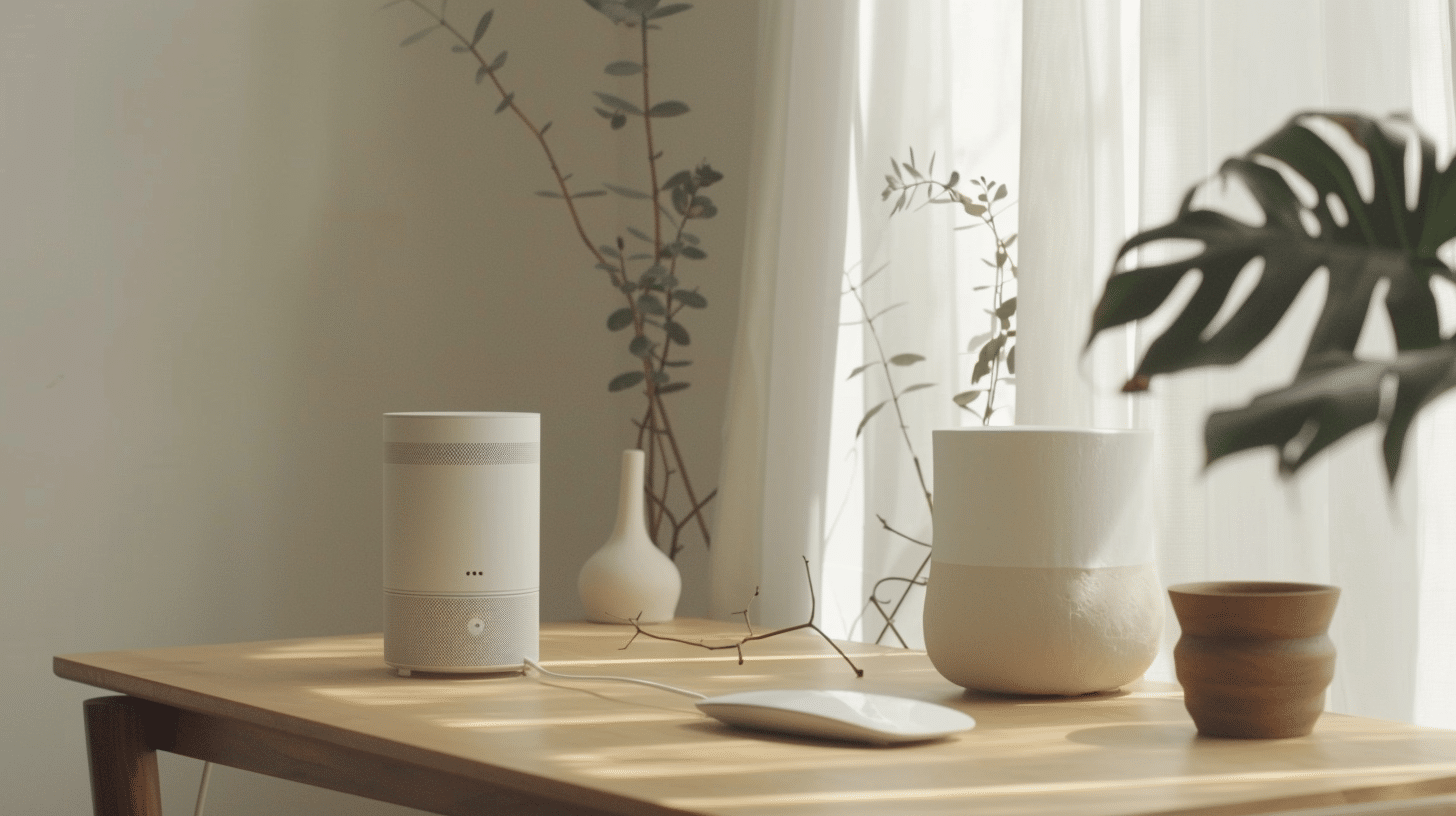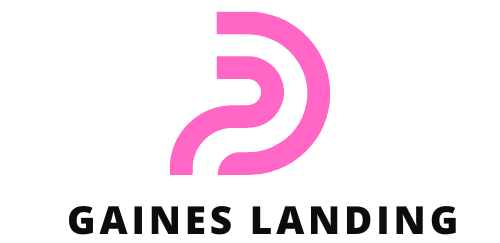Can White Noise Devices Improve Concentration in ADHD Patients?

The realm of science and health is perpetually evolving, and with the advent of technology, we are continually discovering innovative ways to address various health issues. One such intriguing area of study focuses on the influence of sound, particularly white noise, on attention and concentration levels. Especially interesting is the potential impact on individuals diagnosed with Attention Deficit Hyperactivity Disorder, commonly known as ADHD. As you delve into this article, you will explore this captivating topic, substantiated by studies and research from reputable sources such as Google Scholar and PubMed.
The Science Behind White Noise
White noise is a unique type of sound signal which is characterized by randomly occurring sounds having equal intensity at different frequencies. It’s named ‘white’ due to its resemblance to white light, which contains all colors of light combined. But what makes this seemingly random sound so interesting, especially as a potential tool for improving concentration?
Also to discover : What Are the Benefits of a Plant-Based Diet for Reducing Inflammation Levels?
White noise works by masking or covering up other sounds in an individual’s environment. This attribute makes white noise an attractive potential solution for those who find it challenging to concentrate due to background noise, a common issue for people with ADHD.
Research on white noise and ADHD is a burgeoning field, with several studies available on Google Scholar and PubMed. To decipher the scientific jargon, we will navigate through this topic step-by-step, ensuring you have a robust understanding of the matter at hand.
Also read : How Can Implementing a ‘Walking Meeting’ Culture Boost Workplace Health and Creativity?
White Noise and ADHD: What Does the Research Say?
Attention Deficit Hyperactivity Disorder (ADHD) is a prevalent condition affecting many children and adults worldwide. Characterized by persistent patterns of inattention, hyperactivity, and impulsivity, ADHD can significantly impact an individual’s performance in various tasks, particularly those requiring sustained attention.
Considering the constant struggle for concentration experienced by people with ADHD, researchers have turned to white noise. A notable study published on PubMed reveals that white noise improved task performance in children with ADHD, but not in children without the condition. This study suggests that white noise may act as a cognitive enhancer for individuals with ADHD, possibly by augmenting the signal-to-noise ratio in the brain.
The Effect of White Noise on Sleep
Apart from its potential benefits for attention and task performance, white noise is often used as a sleep aid. Many people find that the consistent, unobtrusive sound can help to drown out other noises that might be disruptive, such as traffic, loud neighbors, or a ticking clock.
For individuals with ADHD, sleep issues are a common problem. The calming and consistent nature of white noise may help to improve sleep quality and duration. A good night’s sleep can lead to improved focus and concentration the following day, indirectly contributing to better task performance.
Brown Noise: Another Type of Sound Masking
Just like white noise, there’s another type of noise called brown noise, named after botanist Robert Brown. It is deeper and richer than white noise, with a strong emphasis on the lower frequencies. This gives it a soothing quality, like the constant, muffled roar of a waterfall or heavy rain.
Preliminary studies suggest that brown noise might also have beneficial effects on concentration and sleep. However, more research is necessary to determine whether brown noise or white noise has a more pronounced effect on attention and task performance, particularly in individuals with ADHD.
Potential Applications and Limitations
While the use of white noise devices shows promise in assisting individuals with ADHD, it’s important to remember that everyone is different. Some people may find white noise distracting or annoying, rather than calming.
Furthermore, it’s not a cure for ADHD, nor is it likely to be universally effective. White noise should be seen as one potential tool in a comprehensive approach to managing ADHD symptoms.
The accessibility of white noise is a significant advantage. Devices that emit white noise can be found relatively easily and affordably, and there are numerous mobile apps and websites that offer free white noise.
However, despite the promising results, further research is needed to fully understand how and why white noise might improve attention in people with ADHD. The current studies are still relatively limited and often involve small sample sizes.
In conclusion, white noise devices present an intriguing possibility for improving concentration and task performance in individuals with ADHD. While research is ongoing, the findings so far suggest that this simple, affordable tool could be a valuable addition to the range of strategies available for managing ADHD symptoms.
The Principle of Stochastic Resonance: An Exploratory Approach
Delving deeper into the effect of white noise on concentration, an interesting concept comes to light, termed as stochastic resonance. This principle of physics and signal processing might provide a clue as to why white noise might enhance cognitive performance in individuals with ADHD.
Stochastic resonance describes the phenomenon where a signal that is normally too weak to be detected can be enhanced and become detectable when random noise is added. Extrapolating this concept to the human brain, it is hypothetically possible that the "background noise" generated by white noise might actually enhance the "signal" of a task at hand, making it more salient and easier to focus on.
This principle has been used to explain the effects of white noise on cognitive performance, but it’s worth noting that it’s still a relatively novel approach in this context. The idea of using random noise to enhance signal detection is counter-intuitive, which may be why it hasn’t been widely explored in ADHD research until recently.
Many studies published on reputable platforms such as Google Scholar and PubMed reveal that stochastic resonance could be an underlying mechanism that enables white noise to improve attention and task behavior in individuals with ADHD. However, these are still early days, and more research is needed to solidify this understanding.
Pink Noise: Yet Another Ambient Sound
Just as we have white noise and brown noise, there is another type of noise called pink noise. Pink noise is a soft, soothing sound that is deeper and more balanced than white noise. It is often likened to the sound of rustling leaves or a gentle rainfall.
Given its soothing quality, pink noise has been studied for its potential benefits on sleep and relaxation. Some researchers have also begun to investigate its effects on concentration and working memory. Preliminary findings suggest that like white noise and brown noise, pink noise might also hold potential as a tool for enhancing cognitive performance.
However, as with brown noise, more research is needed to clarify the potential benefits of pink noise for individuals with ADHD. It would be particularly interesting to compare the effects of white, brown, and pink noise and see if one type has a more pronounced effect on attention disorder and ADHD symptoms.
Conclusion: The Future of White Noise in ADHD Management
In the ever-evolving realm of health and science, the potential of white noise devices to improve concentration in ADHD patients presents an exciting prospect. From the studies currently available on platforms like PubMed and Google Scholar, there is promising evidence to suggest that white noise, and potentially brown and pink noise, can enhance task performance in individuals with ADHD.
However, it’s crucial to remember that these noises, while beneficial, aren’t cure-alls. They may serve as part of a multi-faceted approach to manage ADHD symptoms. Also, as not everyone responds to these noises in the same way, their efficacy may vary from person to person.
Looking ahead, there’s a need for more extensive research to explore the underlying mechanisms of how these noises improve attention and memory, and to identify the optimal noise condition for different individuals with ADHD.
In a society where ADHD is a prevalent condition, any tool that can assist in improving concentration and task behavior is valuable. The simplicity and affordability of white noise devices make them an accessible aid, potentially helping many people to better manage their symptoms. As research continues, we can look forward to gaining a deeper and more nuanced understanding of this fascinating subject.
